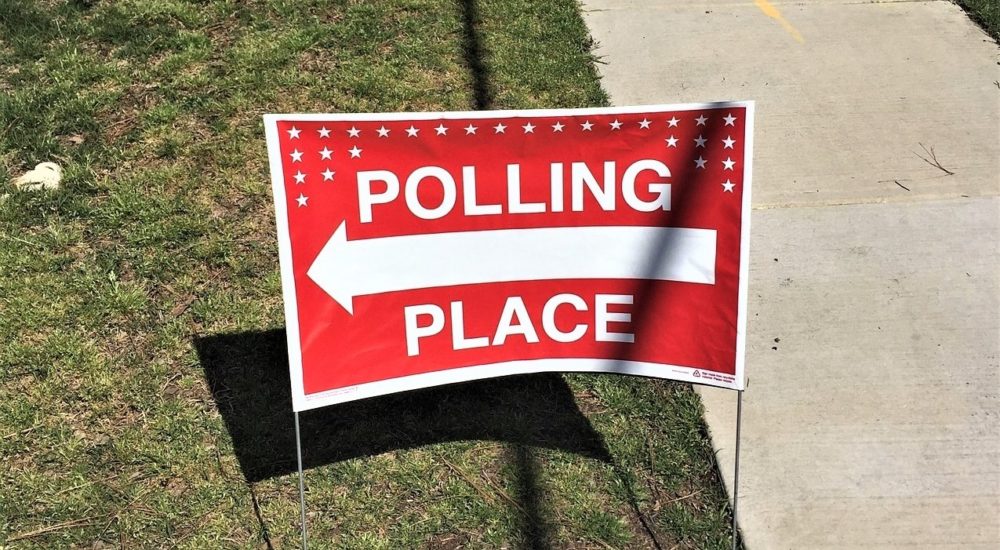Part 2: Diving Into the Political Waters in Florida
Before we go diving into Florida, I want to mention a security issue, briefly. After writing Part 1 of my novice hobby of election predicting, I was checking my final numbers for Florida and found a story I sincerely hoped was bullshit. Then Wednesday night the DNI and FBI gave a press conference explaining that Iran was behind a string of emails sent to some Democratic voters in Florida:
“Vote for Trump or else!” the subject line read. “We are in possession of all your information (email, address, telephone … everything). You are currently registered as a Democrat and we know this because we have gained access into the entire voting infrastructure.
“You will vote for Trump on Election Day or we will come after you. Change your party affiliation to Republican to let us know you received our message and will comply. We will know which candidate you voted for. I would take this seriously if I were you,” the body of the email stated.”
The first part of this series addressed hacking access to electronic pollbooks, and election machines. There is no doubt that at least some parts of the systems in all 50 states were hacked in 2016. However, many states used the money from HAVA to update their systems and provide a way to audit election results. The latest emails, from Iran apparently, provide further evidence and stress the importance of risk limiting audits.
“Risk-limiting audits — considered the ‘gold standard’ of post-election audits — increase the efficiency of the auditing process by testing only the number of ballots needed to determine the accuracy of election outcomes. Risk-limiting audits include an initial sample of ballots, based on the margin of victory, which are interpreted by hand. Depending on the results of the initial manual count, the audit may expand. As a result, risk-limiting audits offer election administrators an effective and efficient way to test the accuracy of an election without breaking the bank. Risk-limiting audits are the only kind of audit that can determine with a high degree of confidence that election outcomes are correct and have not been manipulated.”
I think risk limiting audits should be mandated by federal law, as the HAVA money came from the federal government. They provide a way to make sure the results are correct.
With that said, I’ll move on to my novice election crystal ball. I decided that because the end of this series will have a map with all of my swing state predictions, I’m going to focus on each state’s information and analysis, and leave the final call to the end.
There are many intricacies I discovered in the beautiful state of Florida. In my lifetime (starting in 1972) Florida has voted for Republicans for President eight times and a Democrat four times.
Florida registers all voters into one of nine party categories, and one “No Affiliation” category. For the purpose of this project, I have limited the drill to three groups: Republicans, Democrats, and those with No Affiliation. However, I have not ignored the others.
As of 10/21/2020, registrations break down like this:
Republican: 5,169,012
Democrat: 5, 303,254
Not Affiliated: 3,753,286
All registered voters: 14,441,869
The remaining 216,317 voters are scattered through the other seven party categories. All but two have a qualified candidate on the ballot: the Ecology Party (915 RV) and the Independent Party (163,406 RV). The Ecology Party will likely vote for the Green Party candidate. But the Independent Party voters can go in any direction. The Independents also have the lion’s share of voters outside of the three above.
There are six write-in candidates that qualified for the Florida ballot for POTUS to make the total 13 candidates.
There is no U.S. Senate seat up for election in 2020.
There are six ballot initiatives to be decided, four of which are citizen-led initiatives.
-
A citizenship requirement to vote
-
Raising the minimum wage in Florida
-
All voters vote in primary elections for state legislature, Governor and Cabinet
-
Voter approval two times for Constitutional Amendments
I wanted to dig a little deeper into registrations of a few counties. Let’s start with one county in Trump’s home 21st Congressional District. The 21st CD went to Clinton in 2016 … bigly.
Palm Beach County total registered voters: 1,020,222
R, D, and NO AFF ONLY:
Republican: 291,038
Democrat: 428,430
No AFF: 281,665
Marco Rubio lives in Miami-Dade, so why not.
Miami-Dade County total registered voters: 1,364,297
R, D, and NO AFF ONLY:
Republican: 428,415
Democrat: 634,090
No AFF: 482,076
And I looked at two other large counties, for comparison.
Broward total registered voters: 1,266,991
R, D, and NO AFF ONLY:
Republican: 269,443
Democrat: 633,705
No AFF: 347, 834
Hillsborough total registered voters: 934,346
R, D, and NO AFF ONLY:
Republican: 292,706
Democrat: 306,337
No AFF: 260,487
Now that we know about voter registration, candidates and parties, I want to look at the state and it’s demographics. Information is from census.gov and the American Community Survey.
Florida has 67 counties and a 2019 estimated population of 21,477,737 people, making it the fourth largest U.S. state. Its population is 19.7 percent under 18 years old; 59.4 percent are between 20-64; 20.9 percent are age 65 and older.
Florida by the numbers: 29 Electoral College Votes
-Veterans: 1,452,967
-Female: 51.1%
-Bachelor’s degree or higher: 29.2%
-Under 65 with no health insurance: 16.3%
-English is a second language: 29.2%
-Foreign-born residents: 20.5%
-African American: 16.9%
-Hispanic or Latino: 26.4%
So now we’ll move on to Florida 2020 voting thus far.
Returned mail-in ballots, statewide as of 10/21/2020 – 2,954,359 still outstanding (2,900,067):
Republican: 900,828 (926,699)
Democrat: 1,428,664 ( 1,203,033)
No AFF: 589,892 ( 726,000)
Other: 34,995 (44,335)
Early in-person statewide: 720,968
Republican: 321,007
Democrat: 279,968
No AFF: 111,675
Other: 8,318
I doubt anyone would argue that these numbers are anything but historically high. And while I’m going to make my call on who wins on the final map, I think Florida will come down to two things: who votes, and how many of them are in that “No Affiliation” category.


